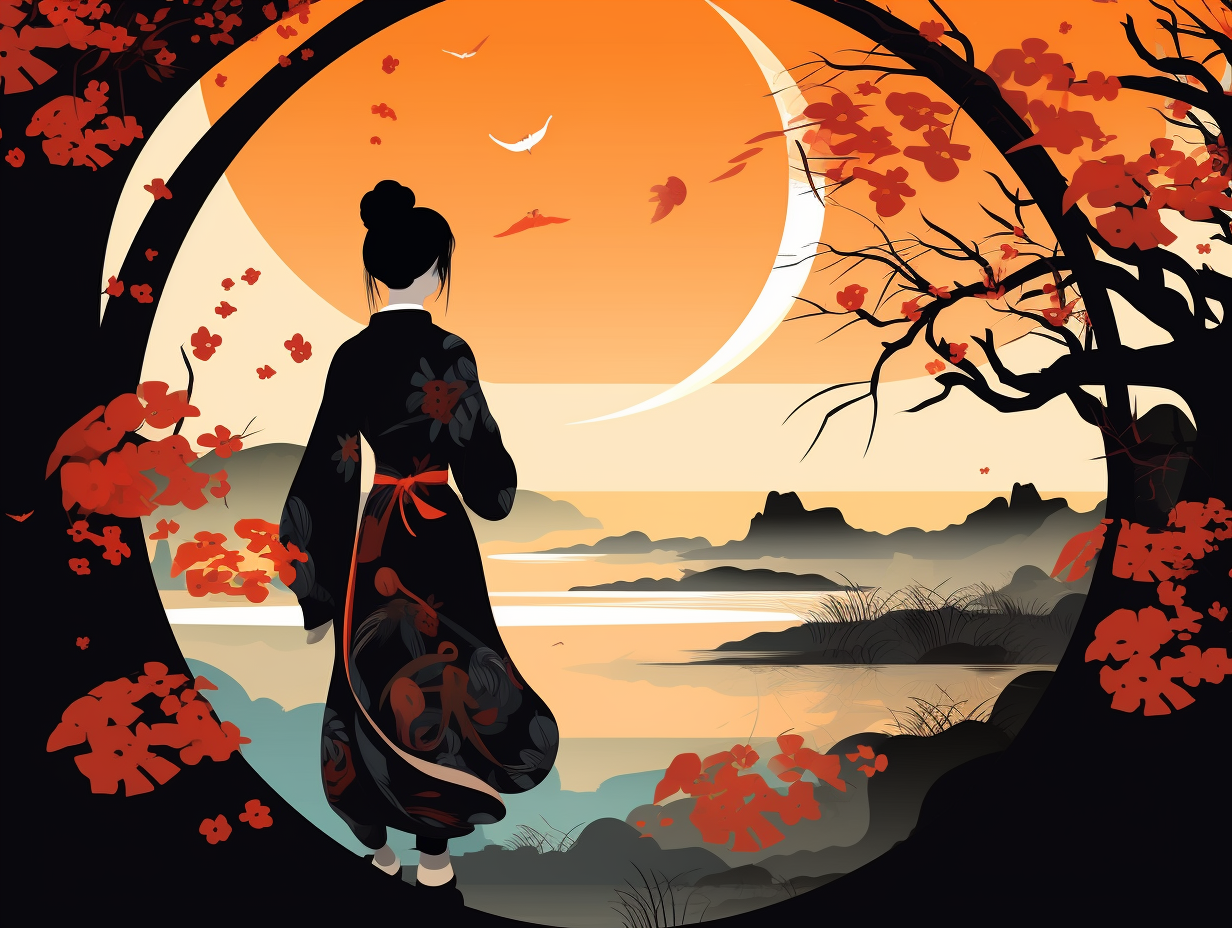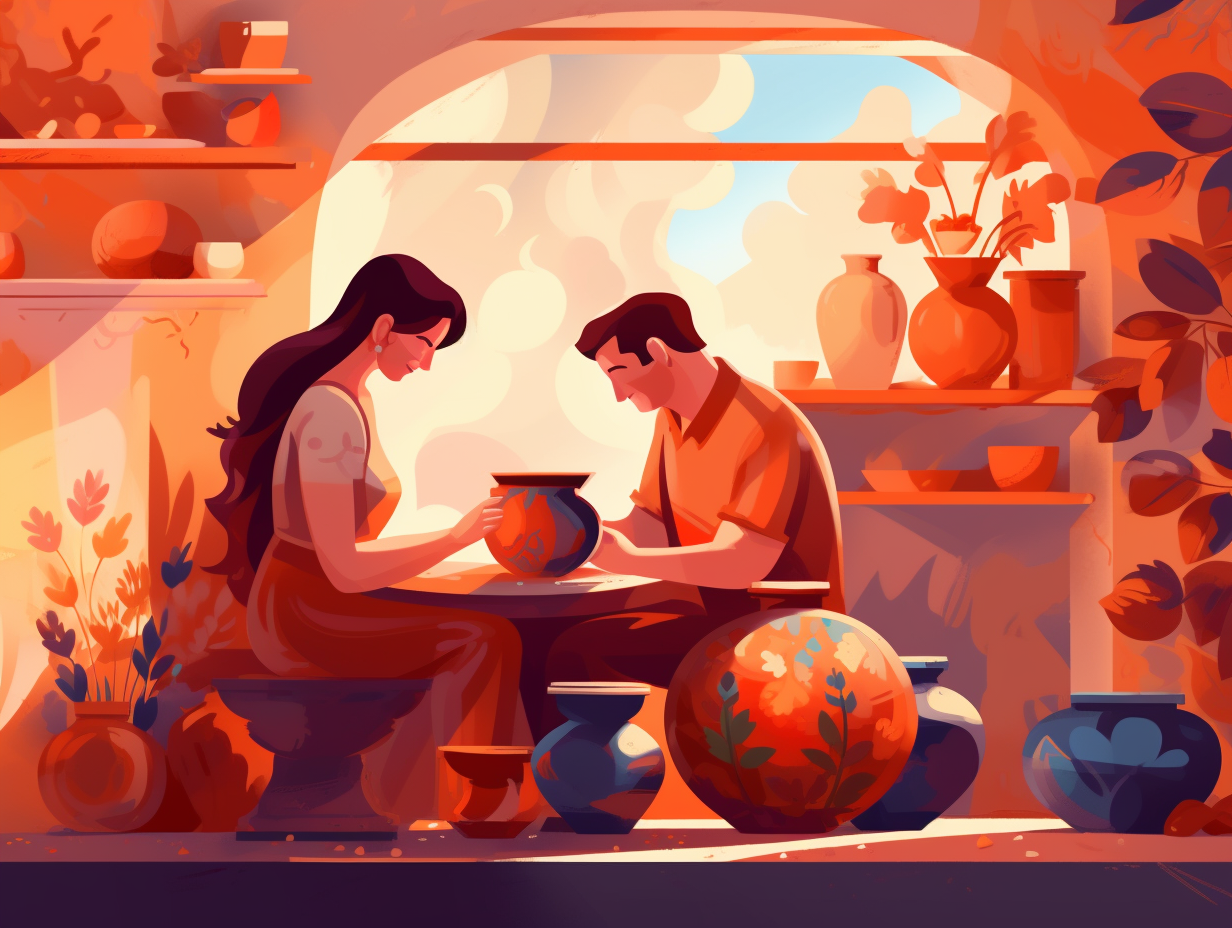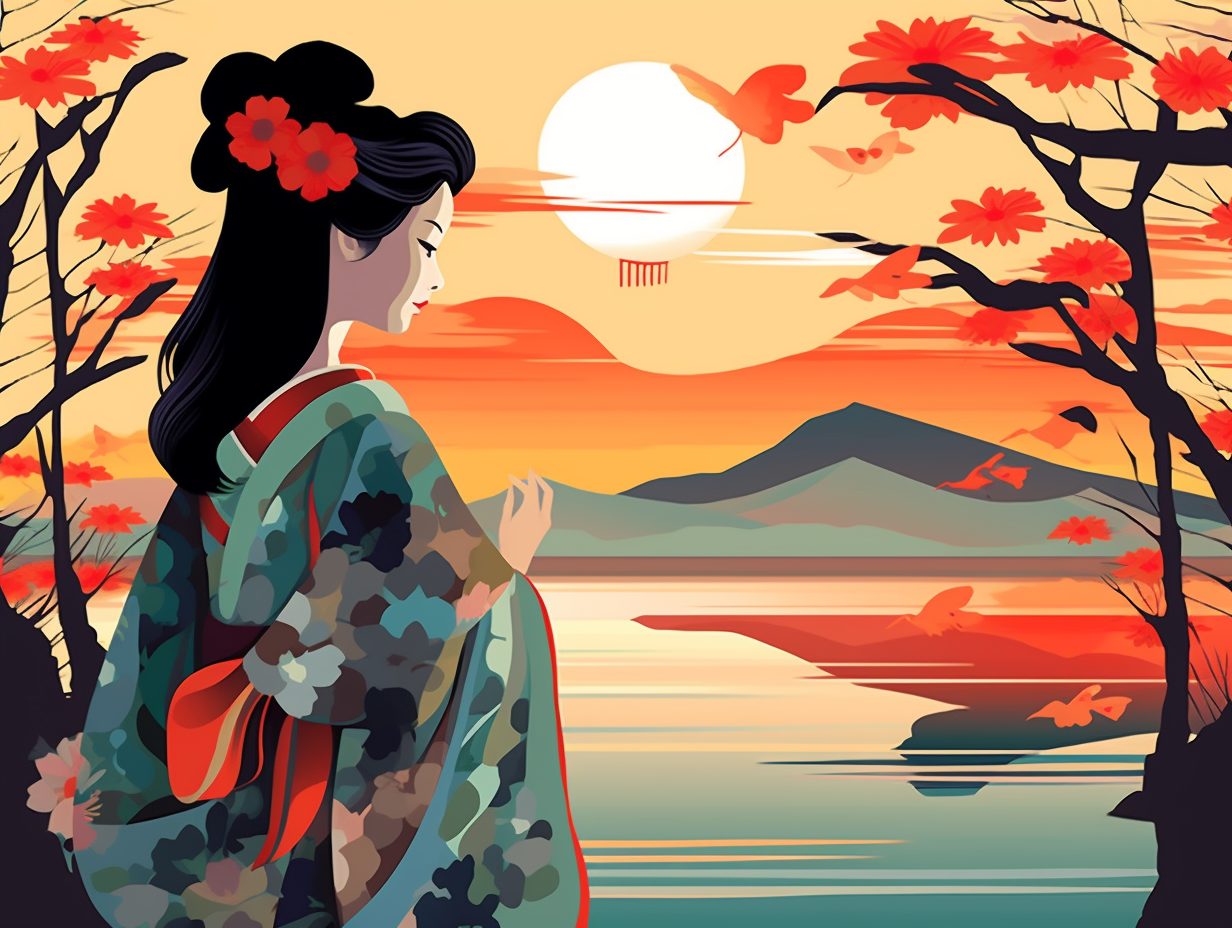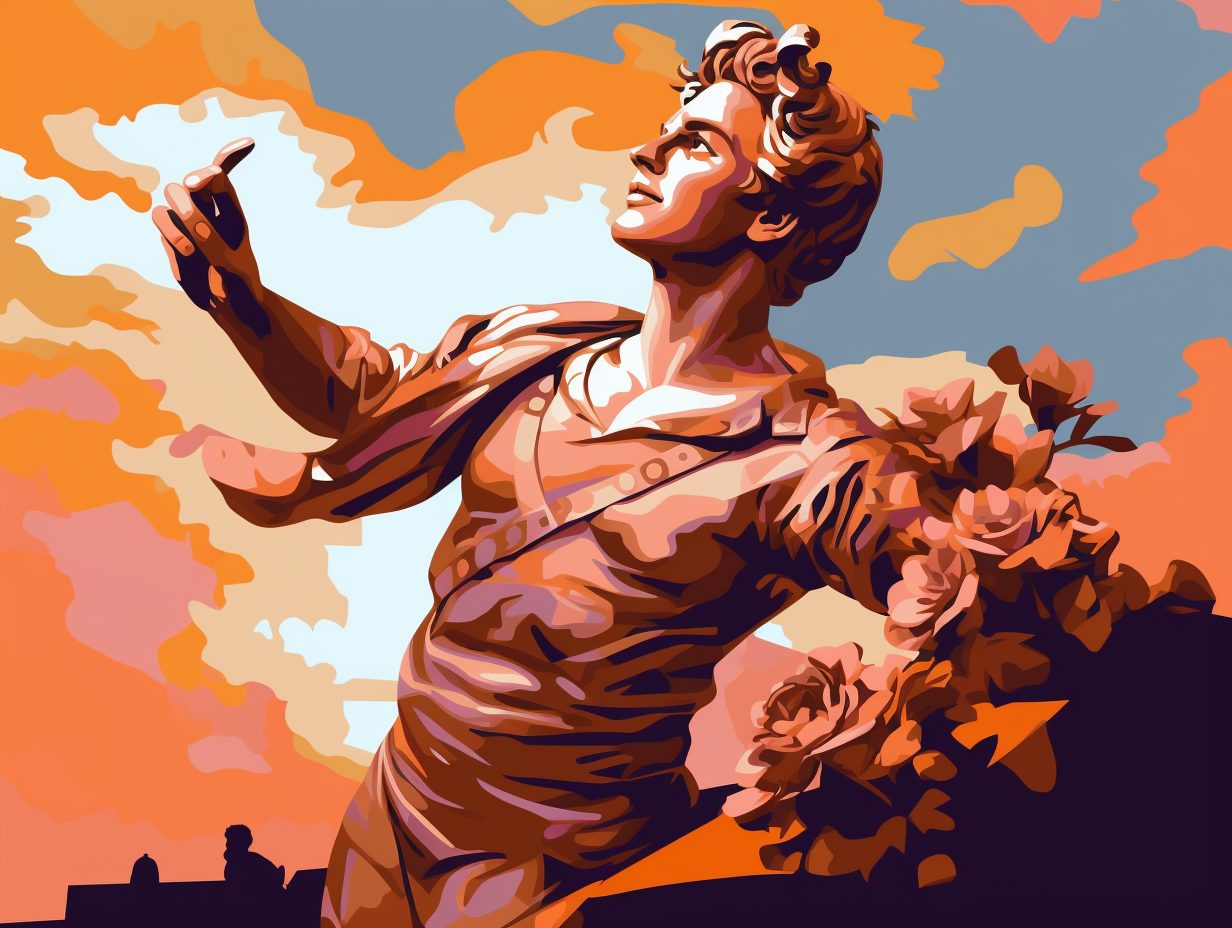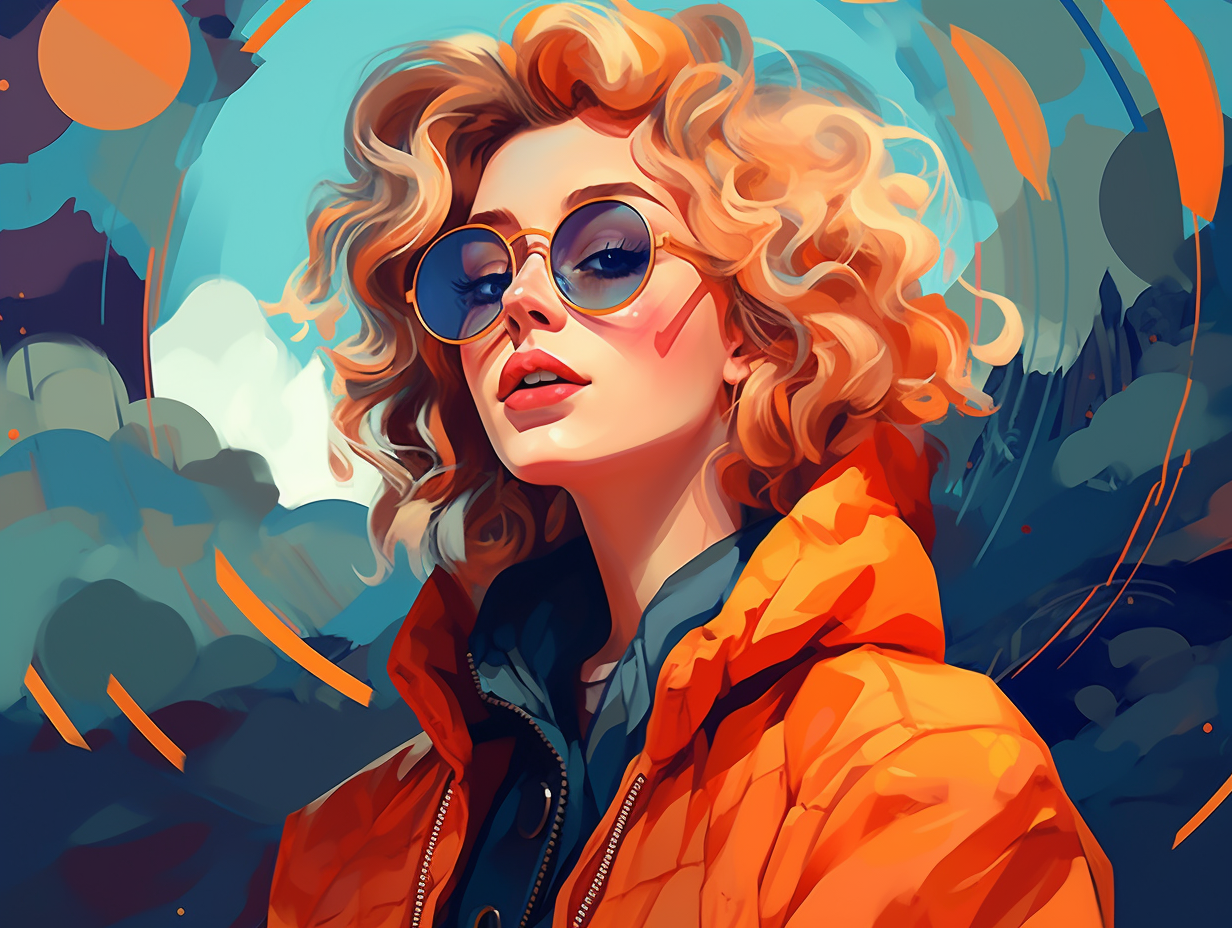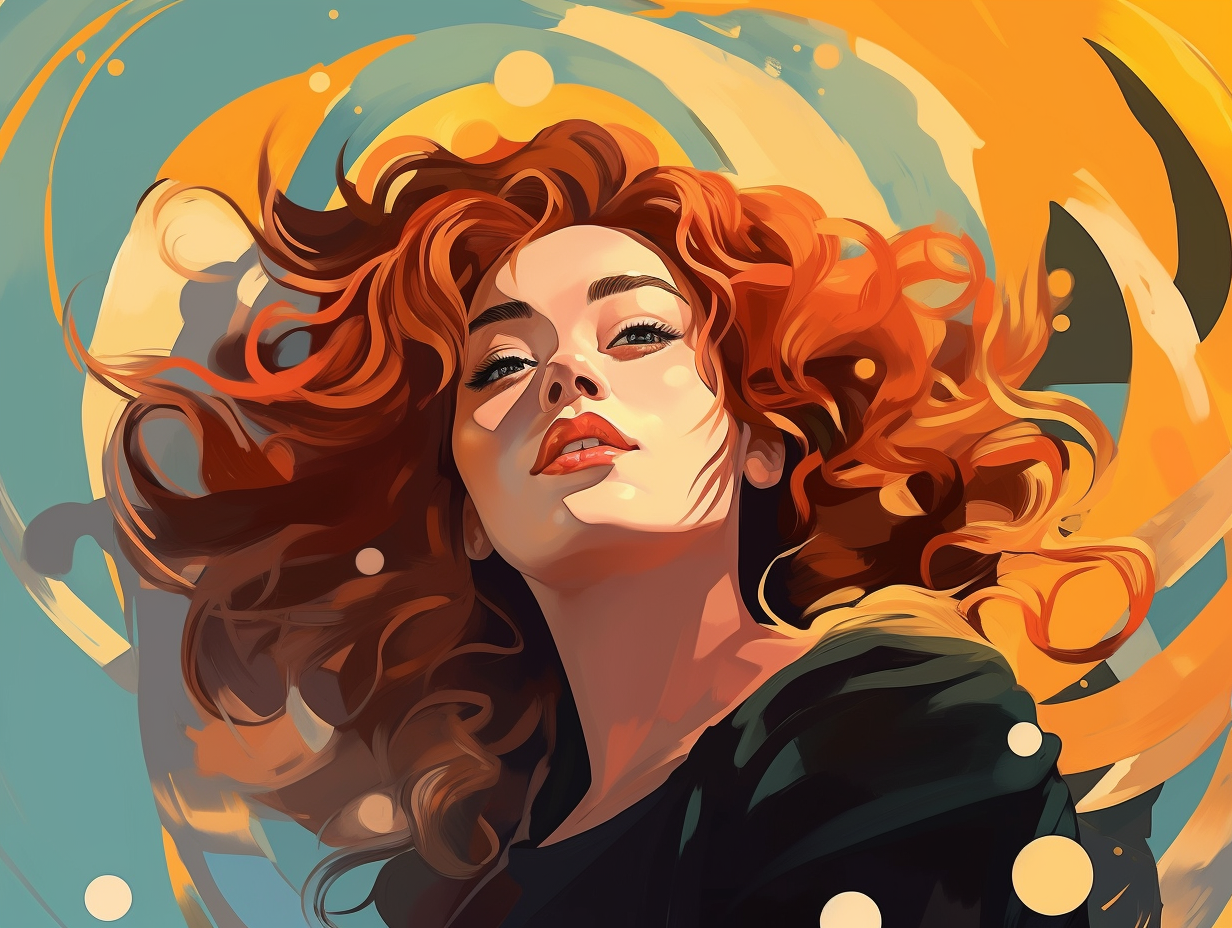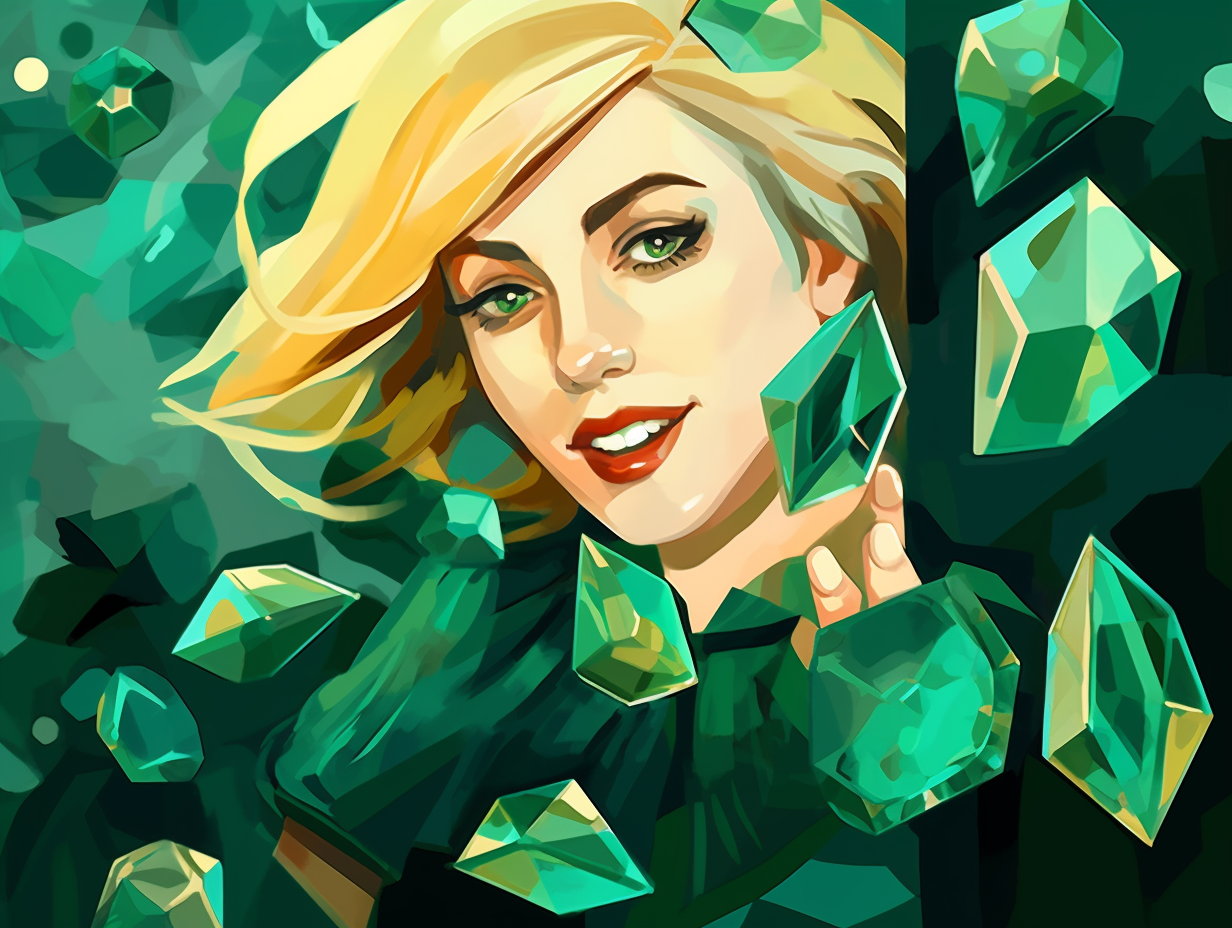Discover the Art World's Secrets: Top 5 Fun Facts About Painting You Never Knew!

1. Picasso's Hidden Figures
Who knew Picasso was such a fan of hidden treasures and artistic Easter eggs? One might call him the father of "Where's Waldo?" in the world of famous paintings: Infrared imaging and x-rays have unveiled three hidden figures behind "The Old Guitarist," featuring an old woman, a young mother with her child, and an animal—adding a layer of mystery and depth to this renowned masterpiece.
Source => en.wikipedia.org
2. Brushstroke Detective Technology
Brushing up on our tech skills, are we?: Scientists have developed image processing techniques to extract individual brushstrokes from famous paintings, like those of Vincent van Gogh, allowing for a unique signature of the artist's style and enabling art connoisseurs to play a high-stakes game of "Who's That Painter?"
Source => jivp-eurasipjournals.springeropen.com

Did you know that Picasso's painting Women of Algiers (Version O) holds the record for the most expensive painting ever sold at a jaw-dropping $179.4 million? Discover more astonishing art facts!
=> Fun Facts about Art
3. Painting Ambidextrous Masters
When da Vinci wasn't busy trying to figure out mona lisa's smile, he was occupied with a party trick that could leave everyone equally mystified: juggling brush strokes with mastery using both left and right hand! Ah, the perils of being ambidextrous: Studies of Leonardo da Vinci's "Adoration of the Magi" reveal that he painted with an uncanny prowess in both hands, while his Renaissance pal Michelangelo was also ambidextrous but primarily painted with his right hand, as historical records suggest.
Source => news.artnet.com
4. Art's Secret Culinary Connection
Long before the likes of Gordon Ramsay and Julia Child scrambled onto the culinary scene, a fine artist had already figured out the secret ingredient to revolutionize painting, proving that some folks just know how to yolk a good recipe: Jan van Eyck ditched the traditional tempera (egg yolk and water-soluble pigment mixture) for oil paints, allowing him to work more slowly and masterfully layer colors and textures, creating the scrumptiously detailed works of art like the "Arnolfini Portrait."
Source => birsanatbirkitap.com
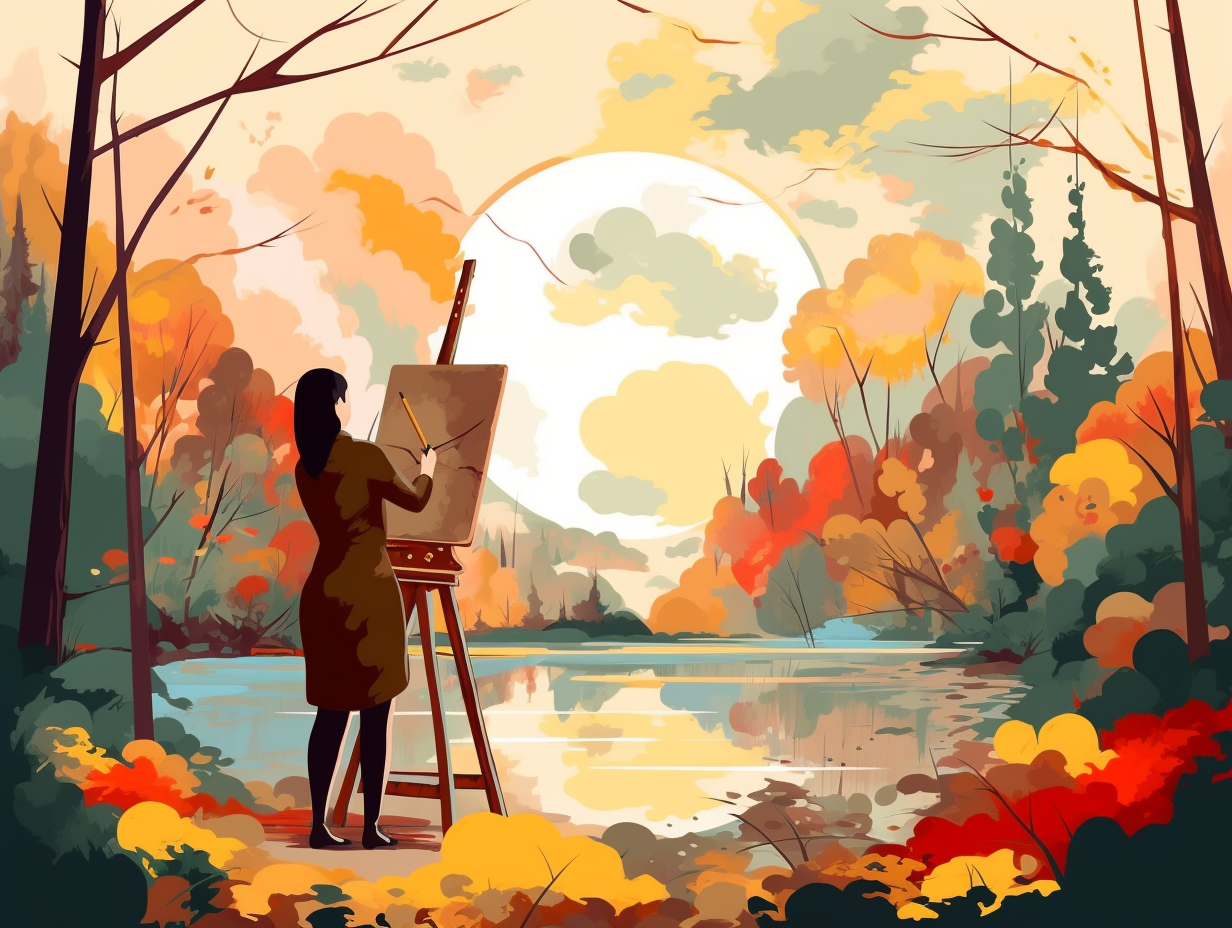
5. Mona Lisa's WWII Hide-and-Seek
When the Mona Lisa played hide-and-seek with history: During World War II, Leonardo da Vinci's iconic painting was covertly moved from the Louvre Museum to an undisclosed location, safeguarding it from potential war damage, and later triumphantly returned to its rightful abode.
Source => samoaglobalnews.com
Related Fun Facts




